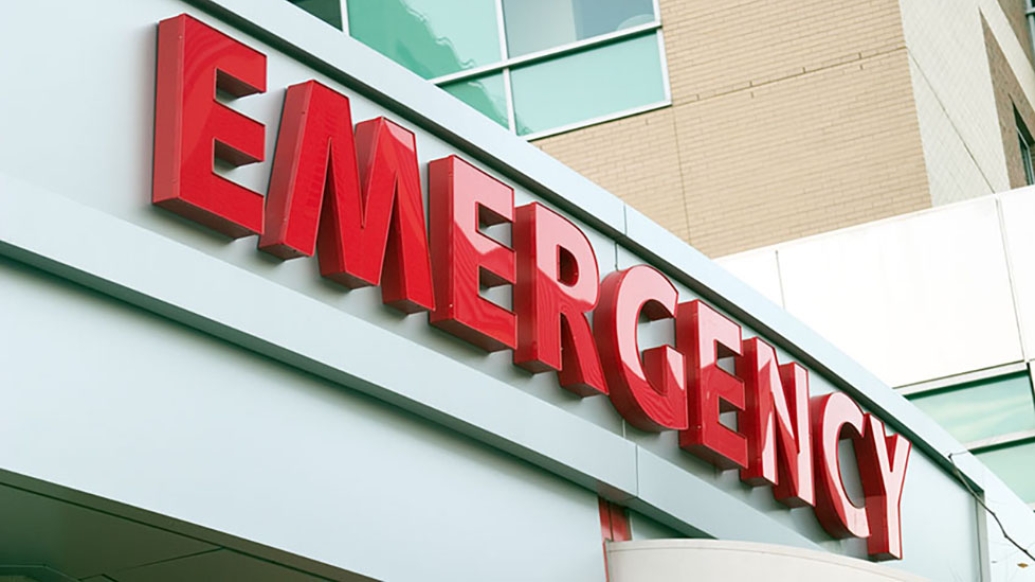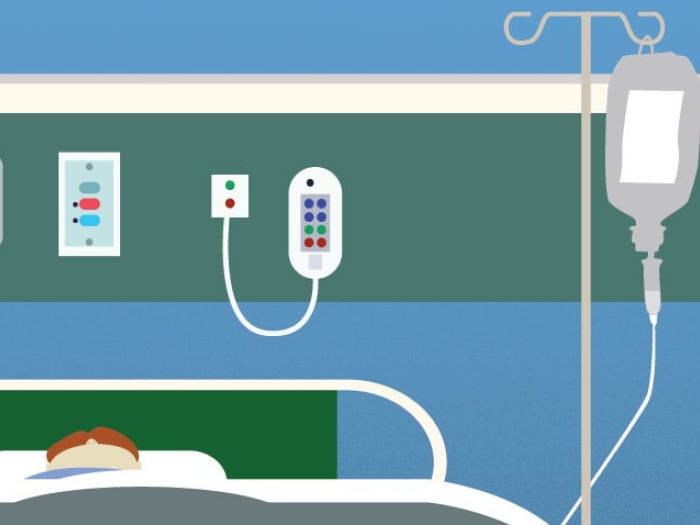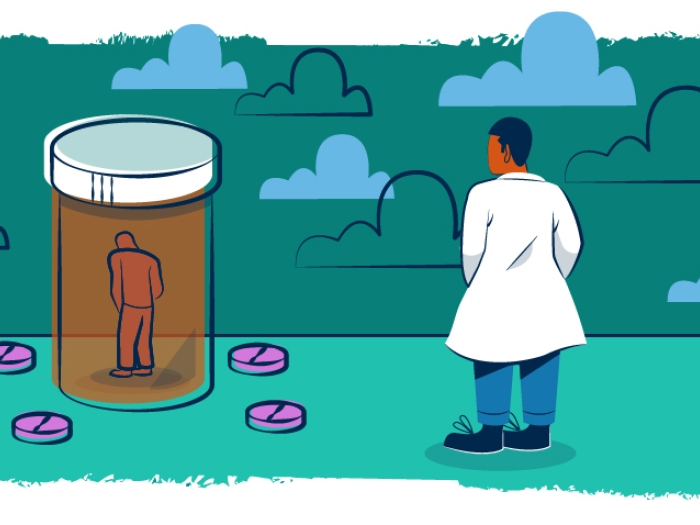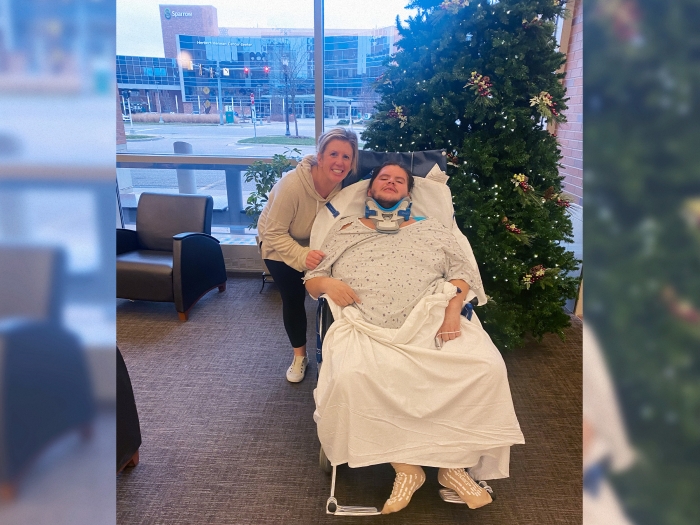A new study found that rural emergency department visits grew by 50 percent during a 12-year timeframe, suggesting that rural emergency departments serve as safety nets for many patients.
2:22 PM
Author |

For some patients, the local emergency department is their main source for healthcare.
"I've worked in both academic and rural emergency departments and have personally seen the critical role emergency departments play in all geographies," says Margaret Greenwood-Ericksen, M.D., M.P.H. an assistant professor of emergency medicine and health services researcher at the University of New Mexico.
LISTEN UP: Add the new Michigan Medicine News Break to your Alexa-enabled device, or subscribe to our daily audio updates on iTunes, Google Play and Stitcher.
"But particularly the outsized role rural emergency departments play in delivery of acute, unscheduled care needs."
Greenwood-Ericksen is co-authors with Keith Kocher, M.D., M.P.H. an assistant professor of emergency medicine at Michigan Medicine, on a new study that investigated trends in rural and urban emergency department use in the United States. The study was performed while Greenwood-Ericksen was a fellow in the National Clinician Scholars Program at the University of Michigan Institute for Healthcare Policy and Innovation (IHPI).
In the study, published in JAMA Open Network, the authors examined emergency department visit data from the National Hospital Ambulatory Medical Care Survey and categorized emergency departments as rural or urban in accordance with the U.S. Office of Management and Budget classification. Visit rates were calculated using annual U.S. Census Bureau estimates.
Examining data
"We examined emergency department visits from 2005 to 2016," says Greenwood-Ericksen, a member of the University of Michigan Acute Care Research Unit. "We found that rural emergency department visits increased by more than 50 percent over the 12-year period studied, from 36.5 to 64.5 visits per 100 persons, compared to urban visits which increased from 40.2 to 42.8 visits per 100 persons."
She explains that these rates, which are population adjusted, were calculated using raw number visit estimates for both types of emergency departments.
Overall, rural emergency department raw visit estimates increased over the 12-year time period from 16.7 to 28.4 million compared to urban raw visit estimates which increased from 98.6 to 117.2 million.
"While the total number of visits for urban areas is greater, the rate of increase in visits is greater for rural areas, based on population adjustments," Greenwood-Ericksen says.
In addition, a larger proportion of rural emergency departments were categorized as safety-net status, or providing a high volume of healthcare to uninsured or Medicaid populations.
MORE FROM MICHIGAN: Sign up for our weekly newsletter
"Increases in the rural visit rates were driven by Medicaid beneficiaries, patients without insurance, patients between 18 and 64 years old and non-Hispanic whites," says Kocher, a member of U-M IHPI. "It is also notable that by 2016, nearly one-fifth of all emergency department visits occurred in the rural setting."
Analyzing their findings
"Patterns of use of emergency departments by populations are important indicators of their healthcare needs," Greenwood-Ericksen says. "Increased reliance on emergency departments for healthcare by rural populations may reflect increased healthcare needs or challenges in access to alternative sources of outpatient care."
She adds that the emergency department isn't always viewed by patients as the place you go only when you have a life-threatening illness or injury.
"The traditional perspective of emergency visits as only necessary for life-threatening illness is far from reality – particularly for rural communities where few alternatives for acute, unscheduled care needs exist," Greenwood-Ericksen says.
Shaping policy
Kocher and Greenwood-Ericksen note that policymakers could use this study to make data-driven decisions informing new models of healthcare delivery for rural communities.
"Rather than maintaining a singular focus on driving down emergency department use in rural communities, health systems and policymakers should consider how rural emergency departments can be supported and transformed to best serve their populations," Greenwood-Ericksen says.
"For example, some rural facilities now co-locate primary care in their emergency departments, along with care coordination and behavioral health. While such models of care may drive an increase in emergency department utilization, with the appropriate resources in rural emergency departments, the total cost of acute care expenditures may decrease for rural communities with overall improvements in care coordination."
With the rise in rural emergency departments serving as safety nets for patients, the researchers note that this status could also be destabilizing their budgets.
"Improved Medicaid reimbursement and innovative payment and delivery models that integrate emergency departments into local health care delivery systems may prove successful," Greenwood-Ericksen says.
She and Kocher hope this study lays the foundation for further studies investigating innovative models of rural healthcare delivery.

Explore a variety of healthcare news & stories by visiting the Health Lab home page for more articles.

Department of Communication at Michigan Medicine
Want top health & research news weekly? Sign up for Health Lab’s newsletters today!





